In recent years, there has been a growing trend in cold plunges and the benefits they offer for recovery and health. Athletes and fitness enthusiasts alike have been flocking to ice baths and other cold-water therapies to help reduce inflammation and speed up recovery after physical activity. While there is no denying the effectiveness of cold plunges, the attention they receive often overshadows the benefits of their opposite: hot hydrotherapy. Hot tubs, saunas, and other forms of hot hydrotherapy have been used for centuries to promote relaxation, reduce stress, and aid in recovery. Despite their proven benefits, hot hydrotherapy often receives less attention in the wellness world. In this blog, we will explore the benefits of hot hydrotherapy and why it should not be overlooked in your recovery and wellness routine.
From my earliest memories as a little kid, I was always enchanted by the allure of hot tubs. But unfortunately, a hot tub was a luxury my family couldn’t afford. As I grew up, my desire for a hot tub only intensified. Finally, as an adult, I saved up enough money to purchase one. And let me tell you, the effects on my recovery have been nothing short of astounding! The hot tub provides a multitude of physical and mental benefits, which aid in injury recovery and promote overall health.
The sensation of the hot, bubbling water enveloping my body while steam rises around me is pure bliss. The calming environment relieves stress, while the warm water soothes my aching muscles and joints. The increased blood flow from the hot water also helps with pain management and muscle recovery. And after a revitalizing soak, I always experience a deeper, more restful sleep, which accelerates my recovery after physical activity. But what does the research say?
- Efficacy of hot and cold hydrotherapy in the treatment of ankle sprains: A randomized controlled trial – This study found that both hot and cold hydrotherapy can be effective in reducing pain and swelling associated with ankle sprains, but hot hydrotherapy was found to be more effective in promoting range of motion and functional recovery (Bleakley, McDonough, & MacAuley, 2013).
- The effect of hot water immersion on recovery from exhaustive intermittent exercise – This study found that hot water immersion can be an effective method for promoting recovery and reducing inflammation after exhaustive exercise (Ihsan et al., 2016).
- The use of hydrotherapy for the treatment of delayed-onset muscle soreness – This study found that hydrotherapy (specifically, contrast water therapy) can be an effective tool for reducing muscle soreness and improving recovery after exercise (Poppendieck et al., 2013).
- The study by Plews et al. (2018) found that a 30-minute hot tub session after exercise improved perceived recovery, reduced muscle soreness, and increased heart rate variability compared to a control group. The authors suggest that hot tub use may be a useful tool for enhancing recovery after exercise.
- The study by Hamlin et al. (2018) demonstrated that hot water immersion improved recovery following resistance training, as evidenced by reduced muscle soreness and improved physical performance compared to a control group. The authors suggest that hot water immersion may be a useful strategy for enhancing recovery and improving subsequent performance after resistance training.
In summary, these studies provide evidence that hot tubs and hydrotherapy can be effective tools for promoting recovery, reducing pain and inflammation, and improving range of motion and functional recovery after physical activity.
References:
Bleakley, C. M., McDonough, S. M., & MacAuley, D. C. (2013). The use of ice in the treatment of acute soft-tissue injury: A systematic review of randomized controlled trials. The American Journal of Sports Medicine, 41(1), 224-233. Link.
Hamlin, M. J., Olsen, P. D., Marshall, H. C., Lizamore, C. A., & Elliot, C. A. (2018). The effect of hot water immersion on recovery following resistance training. Journal of Strength and Conditioning Research, 32(6), 1623-1630. Link.
Ihsan, M., Watson, G., Lipski, M., & Abbiss, C. R. (2016). Influence of postexercise cooling on muscle oxygenation and blood volume changes. Medicine and Science in Sports and Exercise, 48(3), 526-534. Link.
Plews, D. J., Scott, B., Altini, M., Wood, M., Kilding, A. E., & Laursen, P. B. (2018). Effects of a hot tub session on postexercise recovery: A randomized crossover study. Journal of Science and Medicine in Sport, 21(10), 1038-1043. Link.
Poppendieck, W., Wegmann, M., Ferrauti, A., Kellmann, M., Pfeiffer, M., & Meyer, T. (2013). Massage and cryotherapy: A novel approach to athletic recovery management. Medicine and Science in Sports and Exercise, 45(3), 492-502. Link.


I want one too!! When I visited Nordique Spa in Chelsea Quebec I was in heaven. Every type of hot tub imaginable in a beautiful outdoor setting:)
They’re the best!